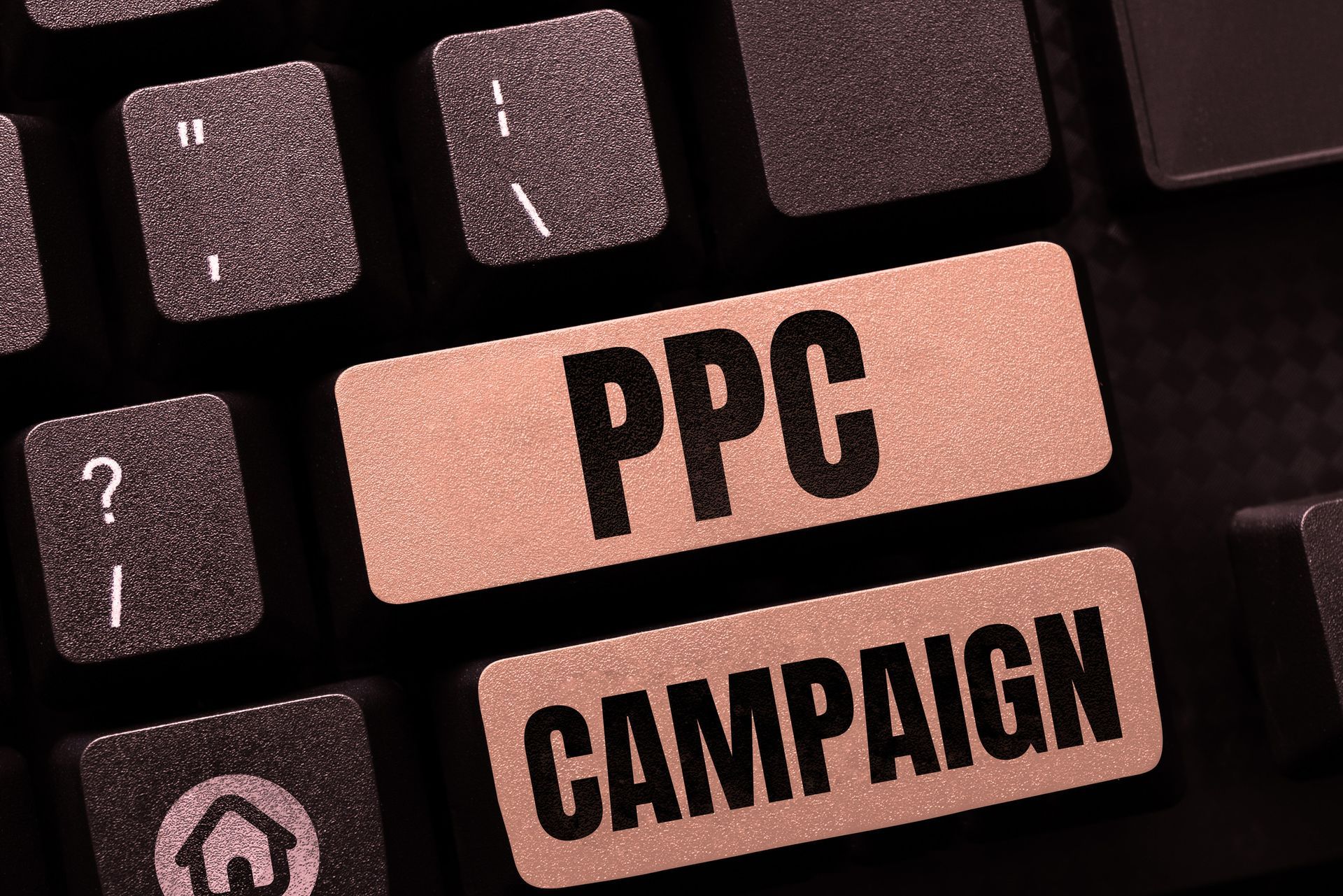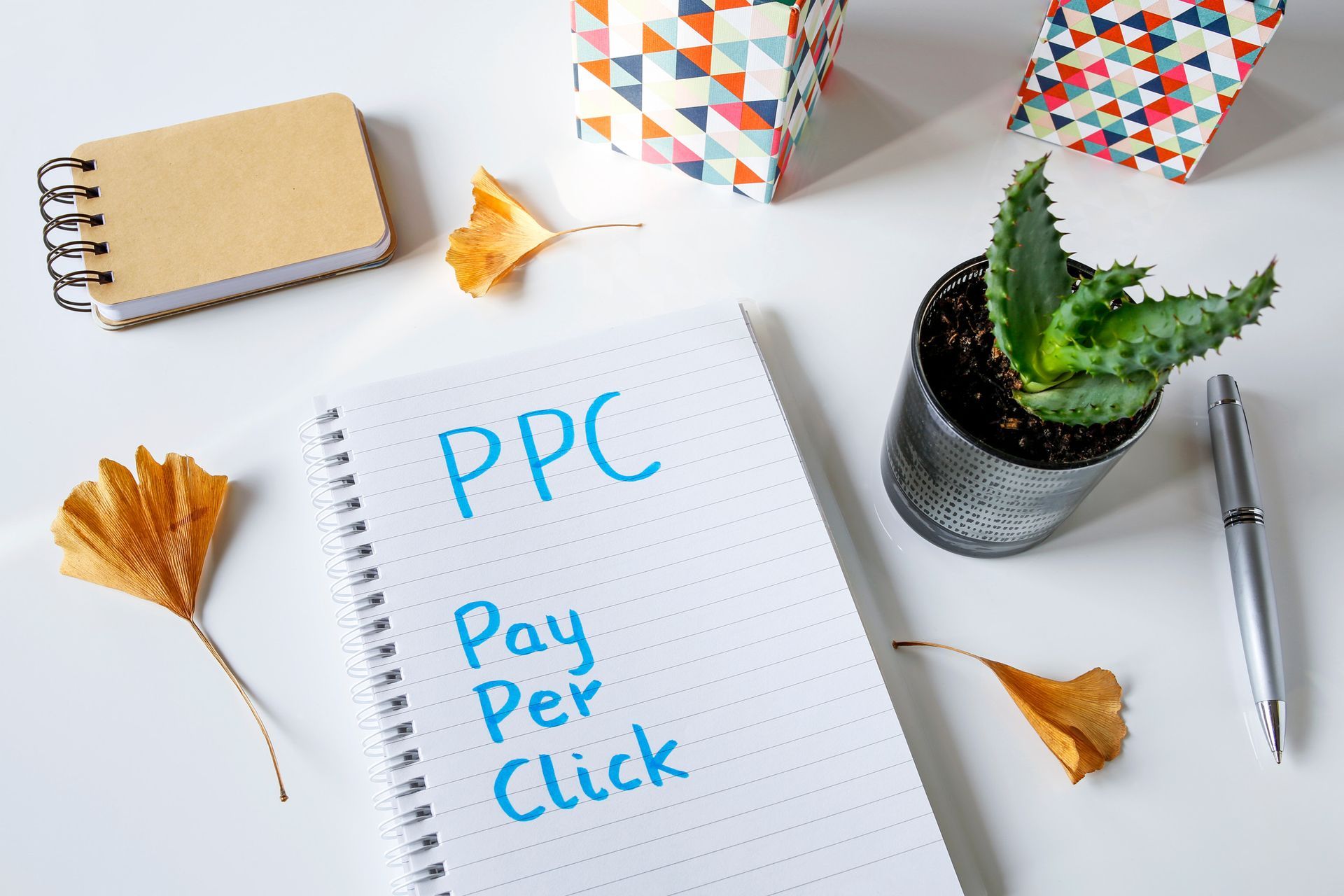Comparing Facebook Ads vs. Google Ads
Advertising online is crucial for businesses today. Two of the most popular options are Facebook Ads and Google Ads.
Facebook Ads let you target specific audience demographics based on interests and behaviors. On the other hand, Google Ads focus on keywords, showing ads to users who search for specific terms.
Both platforms have their strengths and can help increase your brand's visibility. Deciding which one to use depends on your business goals and target audience.
Let's take a closer look at how they differ and what each can offer.
Cost-Effectiveness
When considering online advertising, cost is a significant factor. Both Facebook Ads and Google Ads offer competitive pricing models, but their effectiveness can vary based on the nature of your business and advertising goals.
Facebook Ads
- CPM (Cost Per Mille): You pay every 1,000 impressions.
- CPC (Cost Per Click): Costs are based on user clicks.
- Generally lower cost for smaller budgets.
- Best for brand awareness and targeting specific demographics.
Google Ads
- CPC (Cost Per Click): Payment only when the ad is clicked.
- CPA (Cost Per Acquisition): Payment based on user conversions.
- Often more expensive per click but can yield higher intent audiences.
- Ideal for
direct response and capturing demand through searches.
Targeting Options
Effective audience targeting is essential for maximizing the impact of your online advertising campaigns. Here’s how Facebook Ads and Google Ads compare:
Facebook Ads
- Behavioral Targeting: Tailor your ads to users based on their activities and behaviors.
- Demographic Targeting: Focus on age, gender, job title, and education level.
- Interest Targeting: Show ads to people based on their interests, hobbies, and pages they follow.
Facebook Ads excel in targeting specific audience segments, allowing you to reach niche markets with precision. This makes it an excellent choice for social media marketing campaigns aimed at engagement and brand awareness.
Google Ads
- Keyword Targeting: Display ads based on search terms entered by users.
- Location Targeting: Serve ads to users in specific geographic locations.
- Device Targeting: Optimize ads for desktop or mobile devices.
Google Ads offer robust targeting options centered around user intent, making it ideal for search engine marketing (SEM) strategies focused on capturing active searchers.
Reach and Engagement
Reaching the right audience and engaging them effectively are cornerstones of successful online advertising. Let's delve into how Facebook Ads and Google Ads compare in terms of reach and engagement.
Facebook Ads
- Vast User Base: With over 2.8 billion monthly users, Facebook offers advertisers an enormous audience.
- Engagement Metrics: Track likes, comments, shares, and reactions to see how users interact with your content.
- Ad Formats: Utilize a variety of formats including images, videos, carousels, and stories to catch user attention.
Facebook Ads shine when it comes to social engagement. The platform allows for a higher level of interactivity, making it excellent for brands looking to create deeper connections with their audience.
Google Ads
- Search Network: Capture intent-driven users actively searching for products and services related to your business.
- Display Network: Reach over 90% of internet users through Google’s extensive network, which includes websites, apps, and YouTube.
- Ad Extensions: Enhance your ads with additional information such as site links, call buttons, and location details.
Google Ads provide robust opportunities for both immediate reach and sustained engagement through targeted search campaigns. They are particularly effective for direct response marketing, driving users to take specific actions such as making a purchase or filling out a lead form.
Conversion Rates
Conversion rates play a crucial role in understanding the success of your advertising campaigns. Here’s how Facebook Ads and Google Ads compare in terms of driving conversions:
Facebook Ads
- Conversion Tracking: Use the Facebook Pixel to measure the actions users take on your website after interacting with your ads.
- Custom Audiences: Target users who have previously engaged with your brand, visited your website, or made a purchase.
- Lookalike Audiences: Reach new users who resemble your current customers, increasing the likelihood of conversions.
Facebook Ads excel in building brand relationships and retargeting. This makes them ideal for social media advertising campaigns geared towards nurturing leads and converting them over time.
Google Ads
- High-Intent Traffic: Users clicking on Google Ads are often further along in the buying funnel, resulting in higher conversion rates.
- Conversion Tracking: Utilize Google’s robust tracking tools to monitor user actions and optimize campaigns for better results.
- Smart Bidding: Leveraging machine learning, Google Ads can automatically adjust bids to maximize conversions.
Google Ads are particularly effective for performance marketing, focusing on driving conversions such as purchases, sign-ups, and inquiries.
Ad Format Flexibility
Diverse ad formats can significantly enhance the effectiveness of your online advertising efforts. Both Facebook Ads and Google Ads offer a variety of options to cater to different advertising needs. Let's explore the flexibility and variety each platform offers.
Facebook Ads
- Image Ads: Simple yet effective, ideal for driving engagement with visually appealing content.
- Video Ads: Capture attention with dynamic content; perfect for storytelling and demonstrations.
- Carousel Ads: Display multiple images or videos within a single ad, great for showcasing a range of products or features.
- Slideshow Ads: Create lightweight video ads from a series of still images, making them accessible even with slower internet speeds.
- Collection Ads: Let users browse a collection of products within the Facebook app, enhancing the shopping experience.
Facebook's diverse ad formats make it a versatile platform for creating engaging content that can cater to different audience preferences. This flexibility is especially beneficial for brand awareness and social media marketing campaigns.
Google Ads
- Search Ads: Text-based ads appearing on Google search results pages, targeting high-intent users.
- Display Ads: Visual ads displayed across Google’s vast network, including websites, apps, and YouTube.
- Shopping Ads: Highlight specific products with detailed information, including images, prices, and store names.
- Video Ads: Run video ads on YouTube and across Google’s video partners, ideal for increasing reach and engagement.
- Responsive Ads: Automatically adjust size, appearance, and format to fit available ad spaces, enhancing adaptability.
Google Ads' variety in ad formats provides great flexibility for
performance marketing and
search engine marketing (SEM) strategies, ensuring your ads reach users wherever they are on the web.
Conclusion
Both Facebook Ads and Google Ads offer distinct advantages for small business owners.
- Facebook Ads excel in demographic targeting, social engagement, and cost-effectiveness for brand awareness.
- Google Ads shine with their search intent targeting, high conversion rates, and tracking capabilities.
For small businesses, the best approach may be a combination of both platforms.









![How to Set Up and Optimize Google Business Profile in 5 Minutes [2024]](https://lirp.cdn-website.com/0461b649/dms3rep/multi/opt/103417557_m_normal_none-1920w.jpg)
